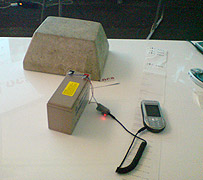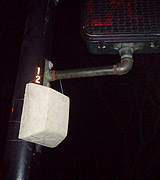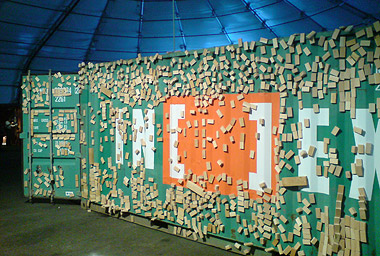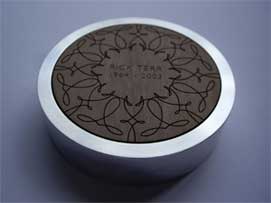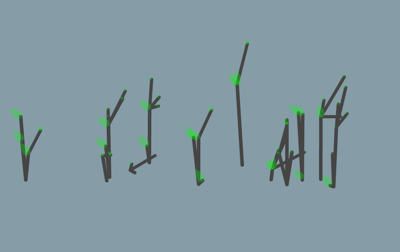Shipping Container House By Ross Stevens
Shipping Container House By Ross Stevens
It is a wall of containers, built against a hill in Wellington, New Zealand, designed and built by Ross Stevens. It uses the spaces between the containers and the hill to expand its living space beyond that limiting interior dimensions of a standard ISO box.
(Via Treehugger.)

